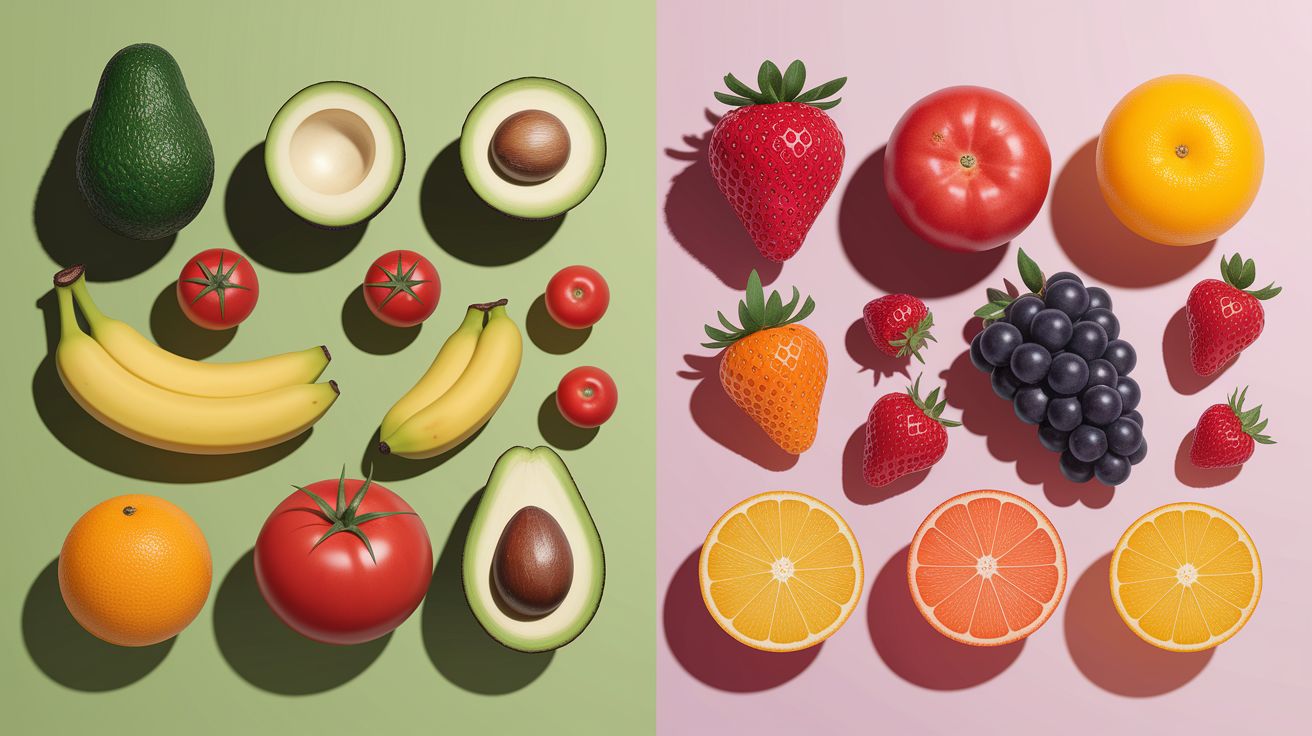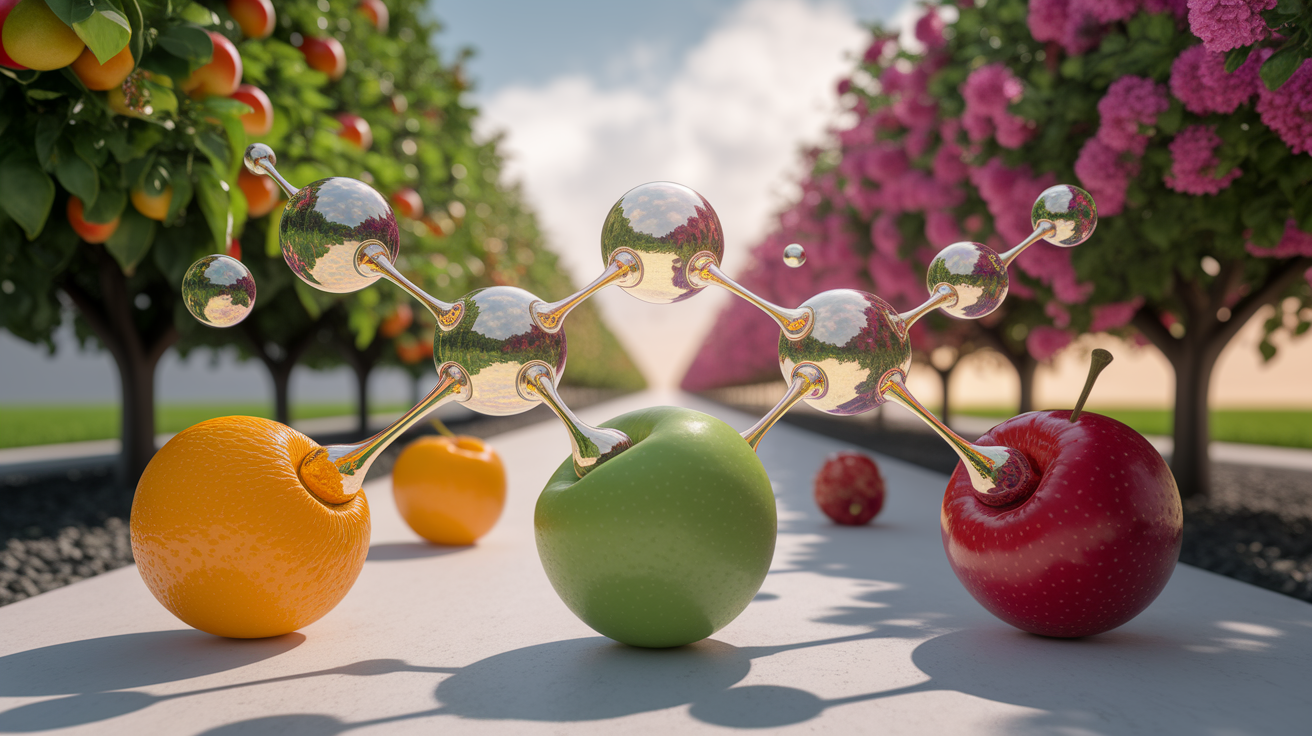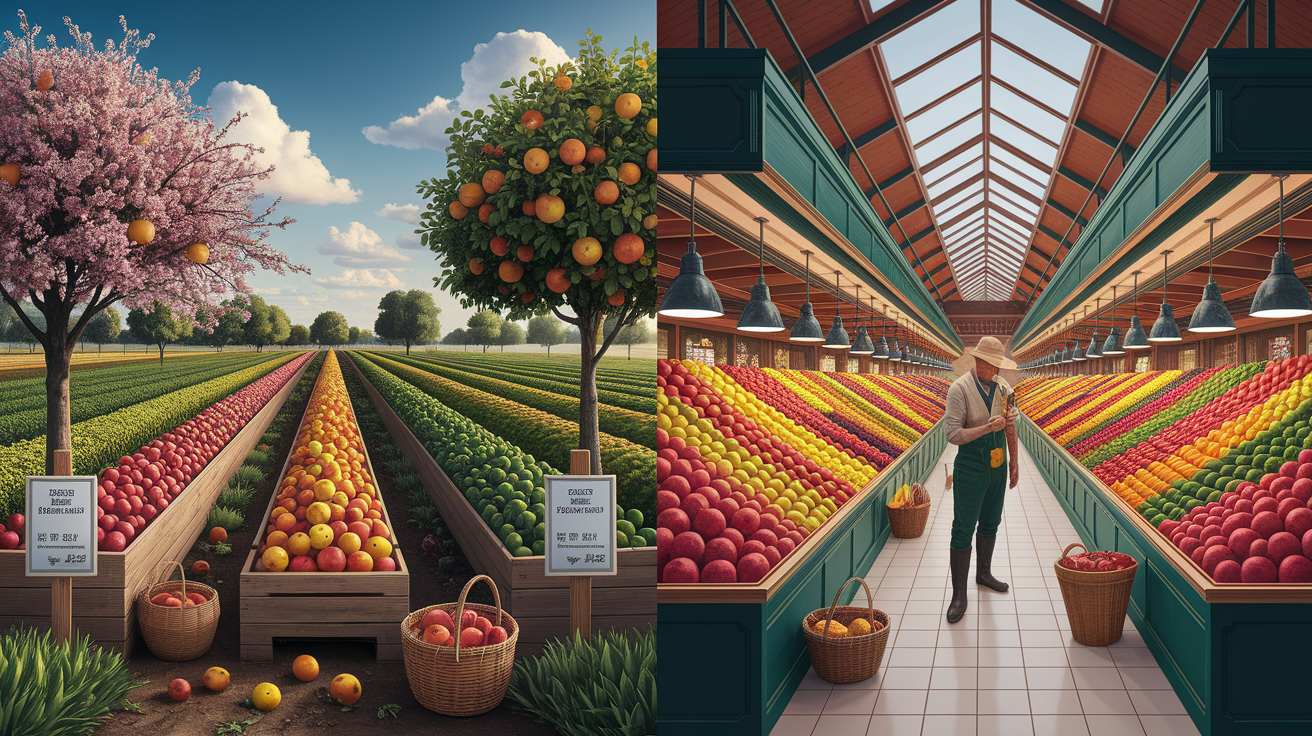Quick Answer: Ethylene is a natural gaseous plant hormone that acts like a “ripening signal” for many fruits, triggering color changes, softening, sweetness, and aroma. Some fruits keep ripening after harvest because of a surge in ethylene production, while others depend on being picked fully ripe. Knowing how ethylene works helps farmers, suppliers, and even home cooks manage fruit freshness and flavor.
Introduction – The Ripening Spark
If you’ve ever watched a green banana turn yellow on your counter, you’ve seen ethylene in action. This gaseous hormone, produced naturally inside fruits, acts like a chemical “go” signal for ripening. It helps coordinate changes such as chlorophyll breakdown (so green fades to yellow, red, or orange), cell wall softening (for that juicy bite), sugar accumulation, and the release of delicious aromas. While ethylene is always present at low levels, in certain fruits it surges dramatically to kickstart the full ripening process.

Climacteric vs Non-Climacteric Fruits – Two Ripening Strategies
The way fruits use ethylene divides them into two main categories: climacteric and non-climacteric.

- Climacteric fruits: Examples include bananas, apples, tomatoes, peaches, and avocados. These fruits experience a sharp spike in ethylene production and respiration rate once ripening begins. This surge is self-reinforcing (autocatalytic), so once started, the process speeds up. They can ripen after being picked, which is why green bananas can be shipped long distances and finished in ripening rooms.
- Non-climacteric fruits: Grapes, strawberries, citrus, and cherries fall into this category. They produce little or no extra ethylene during ripening, and their changes are driven mainly by other hormones such as abscisic acid. They do not ripen further once harvested, so they must be picked at peak maturity for best flavor.
How Ethylene Works – The Molecular Ripening Pathway
Inside a fruit, the ripening process is much like a set of dominoes falling in sequence. At the molecular level, it starts when ethylene binds to specialized ethylene receptors in cell membranes. Here’s a simplified breakdown:

- Ethylene attaches to receptor proteins, turning off an inhibitory signal from a regulator called CTR1.
- This frees up a key protein, EIN2, to send a message into the cell’s nucleus.
- Inside the nucleus, transcription factors such as EIN3 and EIL1 switch on genes for enzymes that cause ripening traits:
- Color development: Chlorophyll breaks down, revealing yellow, orange, or red pigments.
- Texture changes: Cell wall–modifying enzymes soften the fruit.
- Flavor and aroma: Sugars increase and volatile compounds form.
- Shelf life control: Proteins influence how long fruit stays fresh before senescence sets in.
In climacteric fruits like tomato and banana, this ethylene-driven cascade is tightly linked to fruit maturation, but it can also be fine-tuned by other plant hormones such as auxin during growth and ripening.
Managing Ripening – Agricultural and Commercial Approaches
Ethylene’s predictable action makes it a powerful tool for handling fruit quality from orchard to dinner table. Commercial agriculture uses several strategies to either speed up or slow down the ripening process:

To promote ripening:
- Ethylene gas chambers: Green bananas or tomatoes are placed in sealed rooms, and controlled ethylene levels are introduced to ensure uniform ripening for market.
- Ethephon sprays: This chemical breaks down to release ethylene, especially in crops that need synchronized ripening.
To delay ripening:
- Ethylene inhibitors: Substances like 1-methylcyclopropene (1-MCP) temporarily block ethylene receptors, slowing changes like softening and aroma release.
- Controlled atmosphere storage: Reducing oxygen, increasing carbon dioxide, and keeping low temperatures limit ethylene action and fruit respiration rate.
- Ethylene scrubbing: Filters or catalysts remove ethylene from storage areas, preventing it from triggering ripening in sensitive crops.
These methods help balance supply and demand, reduce waste, and ensure fruits arrive at stores in prime condition.
Conclusion – Taming the Ripening Clock
Ethylene is nature’s way of signaling “it’s time” in fruit maturation, and by understanding its role, we can better control freshness, flavor, and timing. Whether it’s letting an avocado soften on the counter or using cold storage to keep apples crisp for months, managing ethylene’s effects is key to delivering perfect produce. The next time you see one banana ripen another nearby, you’ll know the hidden chemical messenger at work — quietly running the fruit world’s internal clock.














